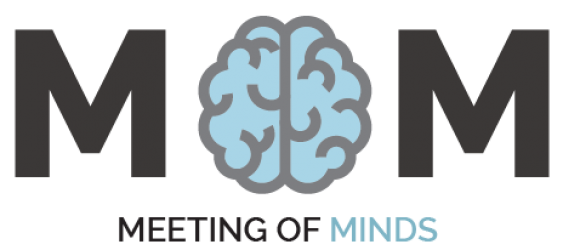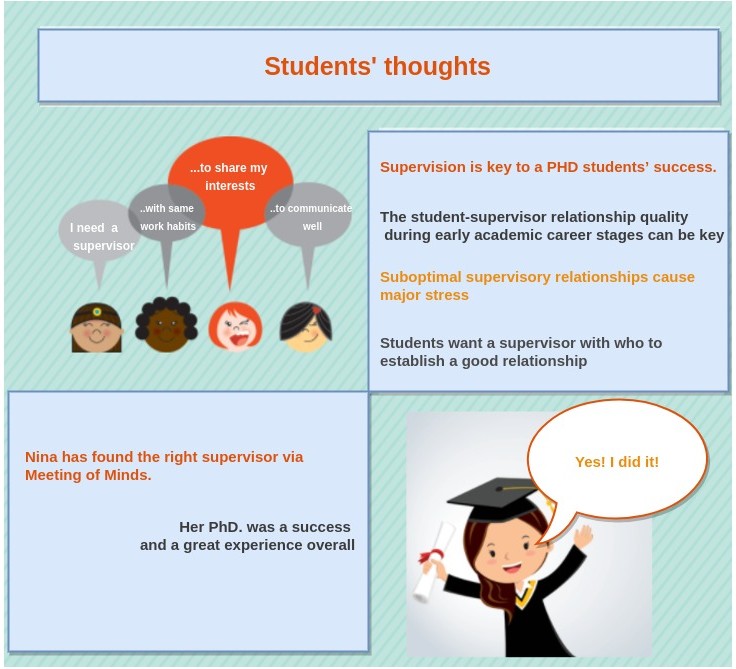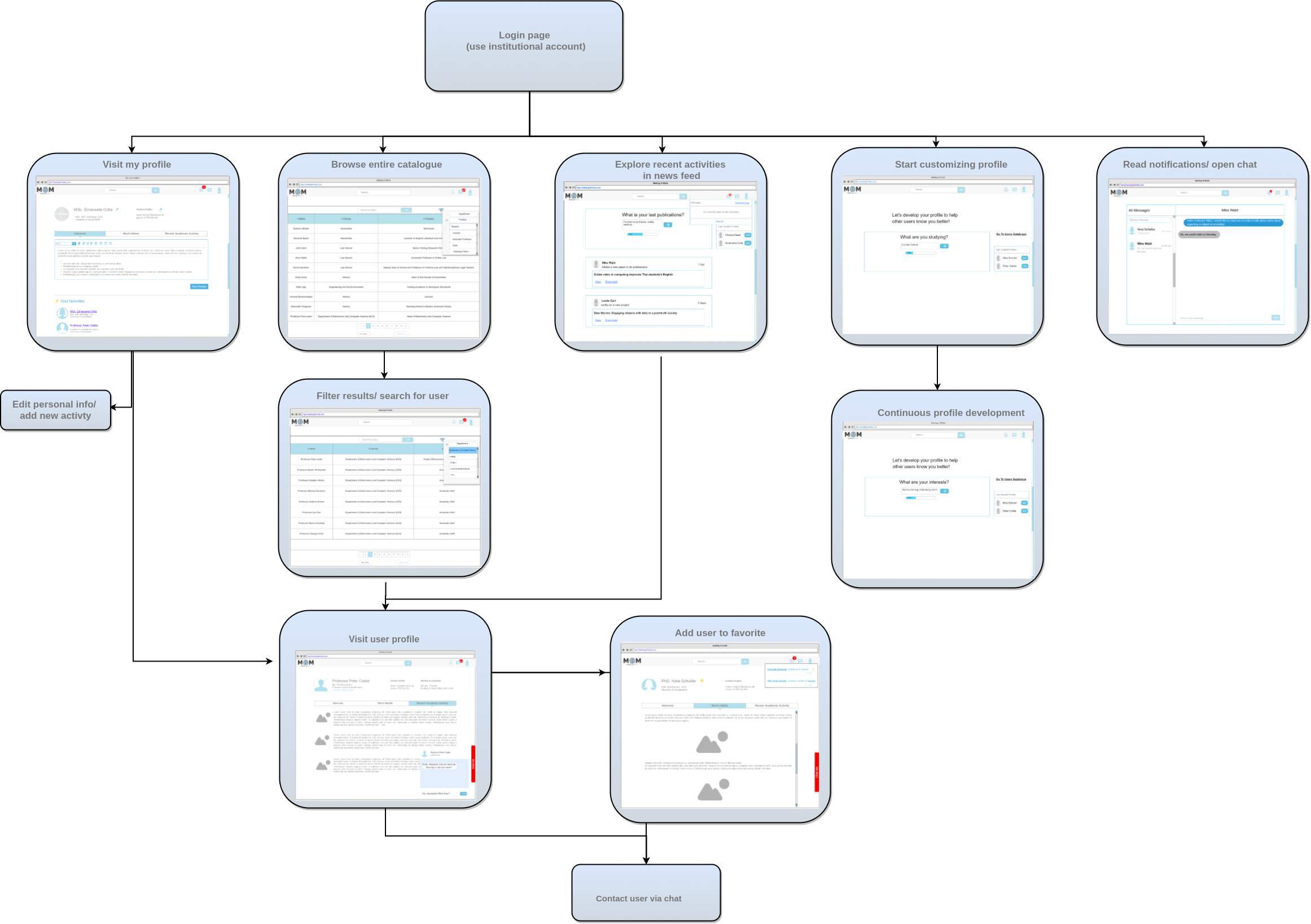Use Case diagram is the useful UML diagrams especially for highlighting the functions of the system, different roles and how these roles interact with the system. Hence,it aims to present the high level view of the system particularly for stakeholders.
In the case of “MeetingOfMinds” application, we have three actors who are: Student, Professors and Administrator and each of them has different interface in which he will be able to interact with the application and use the services ( functions ) provided. We has used Smart Draw online tool to build the Use Case Diagrams for the “MeetingOfMinds” application.
The following diagrams describe the four main functions of “MeetingOfMinds” application.
Continue reading “Use Case Diagrams: The Main Functions of “MeetingOfMinds””


